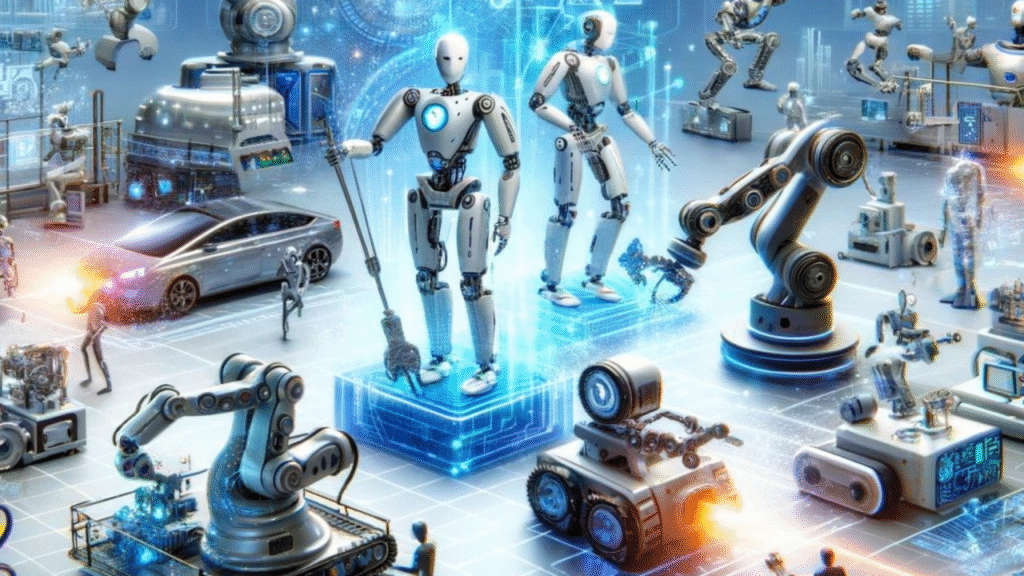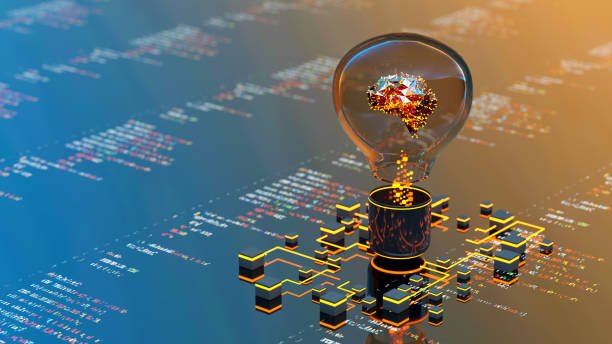Artificial Intelligence (AI) and robotics are at the forefront of technological innovation, driving change across industries, services, and everyday life. The combination of intelligent algorithms and advanced mechanical systems is opening new possibilities in efficiency, precision, and problem-solving, shaping a future where humans and machines collaborate seamlessly.


1. INCREASED EFFICIENCY AND PRODUCTIVITY: AI-powered robots can perform tasks at remarkable speed and accuracy, far surpassing human capabilities in repetitive or time-sensitive operations. Whether assembling products, sorting materials, or conducting automated processes, these styes work tirelessly without fatigue. This efficiency frees human effort for strategic and creative tasks, reducing delays and improving output across multiple sectors.
2. ENHANCED SAFETY AND RISK MANAGEMENT: Robotics integrated with AI can operate in environment that are dangerous, extreme, or inaccessible to humans. From exploring deep-sea terrains to handling hazardous chemicals, intelligent machines reduce the risk of injury and loss. AI systems can monitor surroundings, detect threats, and make real-time adjustments to prevent accidents, ensuring safer operations in industries such as construction, mining, and disaster response.
3. PRECISION AND QUALITY EXCELLENCE: Combining robotics with AI-driven computer vision enables unmatched precision in tasks that demand high accuracy. Robots and detect flaws invisible to the human eye, assemble micro-components, or perform intricate surgical procedures with minimal error. This consistency in quality leads to reduces waste, higher reliability, and better overall performance in manufacturing, healthcare, and research.

4. INNOVATION AND CAPABILITY EXPANSION: The AI-robotics synergy is enabling entirely new capabilities – from autonomous exploration rovers on other planets to underwater repair drones and AI-driven farming systems. These innovations not only extend human reach but also open doors to problem-solving in areas previously thought to be impossible. As technology advances, AI-powered robotics will continue to push the limits of what machines can achieve independently and collaboratively.
5. ECONOMIC AND SOCIETAL IMPACT: AI and robotics are transforming economies by reshaping industries, creating new markets, and influencing global competitiveness. While they may replace some manual roles, they also generate opportunities in engineering, programing, maintenance, and design. By boosting productivity, reducing operational costs, and enhancing innovation, these technologies contribute to long-term growth and improved quality of life worldwide.
In conclusion, as AI and robotics evolve, their integration will become even more seamless, enabling machines to learn, adapt, and collaborate with humans in real time. Advances in autonomous decision-making, energy efficiency, and mobility Wille expand their use across every sector. Ethical guidelines and responsible innovation will be crucial to balance progress with societal well-being. This technological partnership promises a future of unprecedented capability and transformation.




